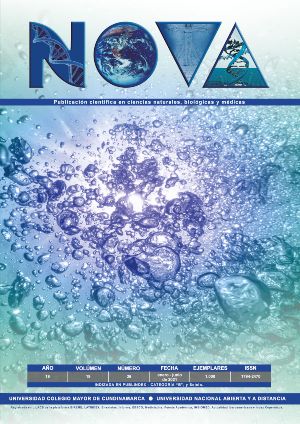Copyright (c) 2021 NOVA Biomedical Sciences Journal

This work is licensed under a Creative Commons Attribution-NonCommercial-NoDerivatives 4.0 International License.
NOVA por http://www.unicolmayor.edu.co/publicaciones/index.php/nova se distribuye bajo una licencia Reconocimiento No Comercial- Compartir igual
Así mismo, los autores mantienen sus derechos de propiedad intelectual sobre los artículos,
Declaración de privacidad.
Los nombres y las direcciones de correo electrónico introducidos en esta revista se usarán exclusivamente para los fines establecidos en ella y no se proporcionarán a terceros o para su uso con otros fines.
Fracture resistance of analogally made dental crowns vs cad-cam technology
Background. The fracture resistance of the crowns may have an influence on their appearance, according to the method of making them, either analogously or by means of Cad-Cam technology. Objective. To compare the resistance to the fracture of the individual crowns made by two manufacturing methods, under computer-aided design and computerized manufacturing (CAD-CAM) and injected. Methods. In vitro study. Sample size 20 crowns in two groups: 10 crowns using CAD-CAM technology and 10 crowns injected. Crowns were subjected to compressive loads in a universal testing machine, with a speed of 1mm / min and a cell load of 5kN until obtaining the maximum bill for these. Data were statistically analyzed using the Shapiro Wilk tests, Mann Whitney p = 0.05. Results. Crowns manufactured by Cad-Cam obtained a minimum of 602.5 Newton and a maximum of 1093 Newton, while the crowns manufactured analogously obtained a minimum of 525.2 Newton and a maximum of 1773 Newton in the experiment with the machine Universal test to achieve their fracture. A significant difference was obtained in the invoice resistance test between both manufacturing methods (p <0.001). Conclusion. Pressed Lithium Disilicate crowns obtained higher fracture resistance than crowns under design and manufacturing by computer (CAD-CAM).









